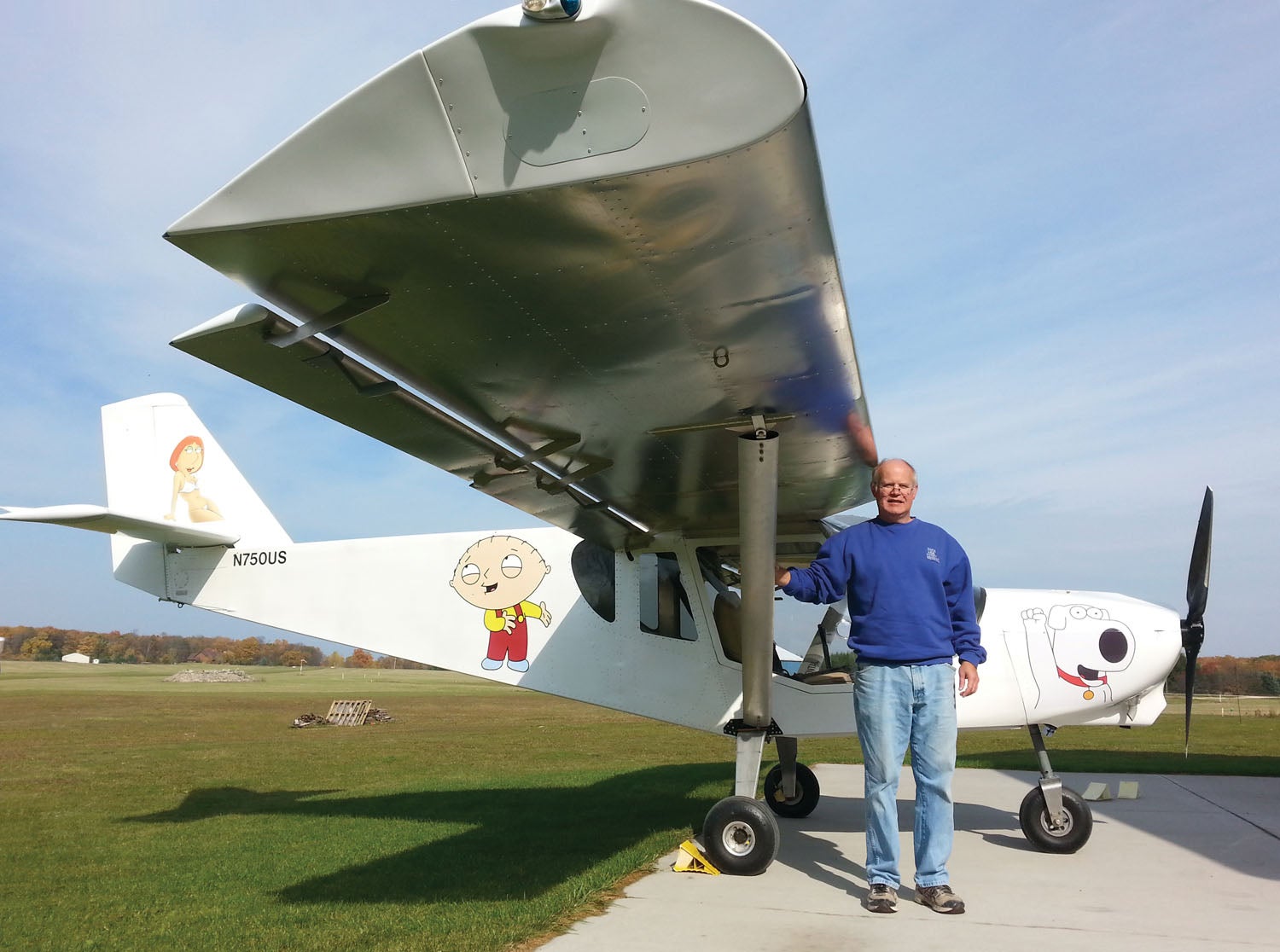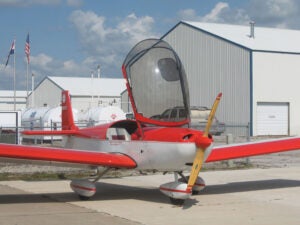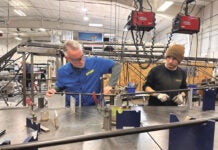
If you haven’t yet decided on whether to pick a high- or low-wing aircraft kit to build, you might wonder how other builders have made their decision. It is common to debate the choice of metal, fabric, wood or composite construction from the dozens of kit models available. However, we should first consider a more fundamental design choice: Do you want your aircraft’s wings mounted above or below your head as you sit in the cockpit?
Why do some pilots prefer a high-wing aircraft and others a low-wing? There are plenty of homebuilt kit manufacturers that offer models in both configurations. Some builders find it an easy choice to pick one design or the other. Can we put our finger on what different behaviors can be expected between the two? Is it a cosmetic choice? (Some people just love the look of a low-wing—or a high-wing!)
Maybe you have not made up your mind yet and are in the process of shopping for your dream aircraft kit. Let’s take a look at a few differentiating characteristics of high- versus low-wing aircraft.

Visibility: You cannot look through a wing—it obviously obstructs the view of objects beyond it. Pilots and passengers that value unobstructed views toward the ground (sightseeing) appreciate the high-wing design. Low wings create a partial obstruction to downward viewing. That being said, the bubble canopy that encloses the occupants of many low-wing aircraft offers a stunning, unobstructed view of the sky above.
Grass Field Landings: Because debris, dirt and gravel on a runway can be thrown by the prop wash and spinning wheels, low-wing aircraft can take a beating to the underside of their wings. This is partly why bush planes are usually high-winged. The extra clearance from the ground goes a long way toward preventing damage from unstable runways. Large-diameter tires are popular on some high-wings to better handle rough terrain. Low-wing aircraft are happiest on paved runways, generally speaking.
Entry/Exit Effort: You should always test the effort required for entering and exiting the seat of an aircraft that interests you. In general, many find high-wing aircraft an easier experience. Many low-wing aircraft require that you carefully climb up on the wing and then step down into the cockpit. These aircraft have areas on the wing that are usually marked where your weight cannot be supported and need to be avoided by your feet when entering/exiting. A pilot/passenger with limited flexibility or strength may find the low-wing design somewhat difficult to climb into. You must personally experience this maneuver in order to decide if this is an issue.
What Did You Train In? This can be a big factor in your decision process. For example, did you train for your pilot license in a high-wing Cessna or a low-wing Piper? We are comfortable with what we know, and that is a powerful motivator in choosing the same design when selecting our own aircraft.
Speed and Distance: All things being equal (which they never are!) low-wing designs tend to be the faster aircraft of the two. The low-wing does not usually have struts to support its wings. Struts are sources of significant drag. One very popular kit manufacturer only sells low-wing aircraft, and they are well known for their speed. Along with speed and efficiency comes the ability to fly longer distances. Low-wing aircraft tend to be favored by pilots and passengers that desire fast and efficient cross-country travel.
Any of these factors are subject to opinion and gray areas; they are only meant as food for thought. Favoring low- versus high-wing design can come awfully close to the idea of considering whether Ford or Chevy makes a better vehicle. There may not be any definitive answers, only personal choices. The good news is that aircraft kit manufacturers have almost an equal selection of high- and low-wing models to choose from. After you decide which is your favorite, you are well on your way to selecting a kit and making that purchase. Plane and simple!














Mid-wing airplanes are the most efficient, with the best all-around visibility and performance. That’s why most sailplanes (and airliners) are mid-wing designs. The big problem with mid-wing designs is where to put the useful load without the wing spar running through the middle of it. I expect electric airplanes (with their lightweight electric motors up front) to produce a renaissance in mid-wing experimental aircraft design.
Some builders think you can’t have a high wing without struts. Not so! The real issue here is the wing structural design. Most homebuilt high wings are designed with a strut to leverage the spar lightening opportunity. The BD-4 has no struts, is fast with a reasonable engine and efficient too. I’m working on a tractor high wing ultralight without struts because I have handicap access issues.